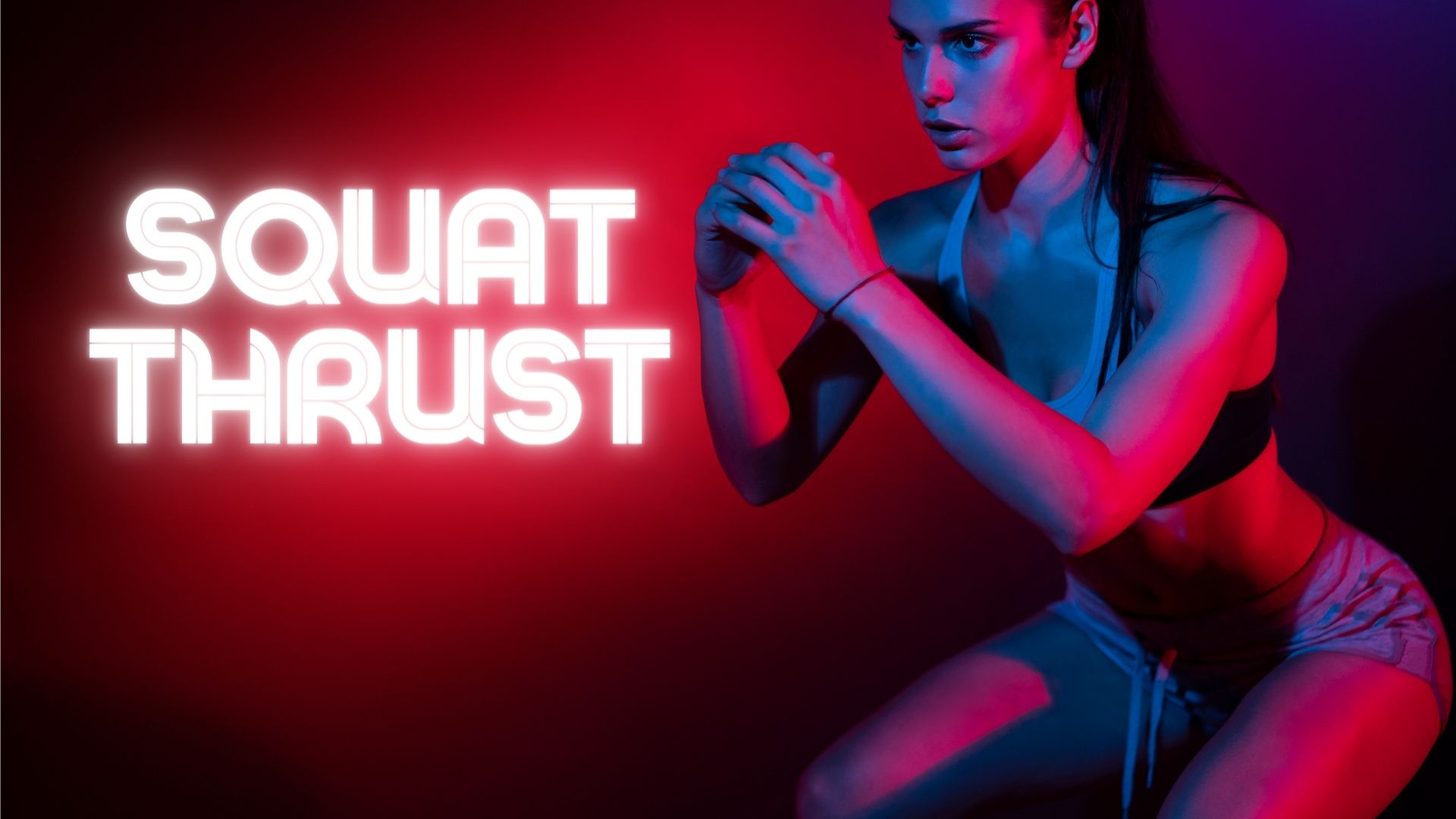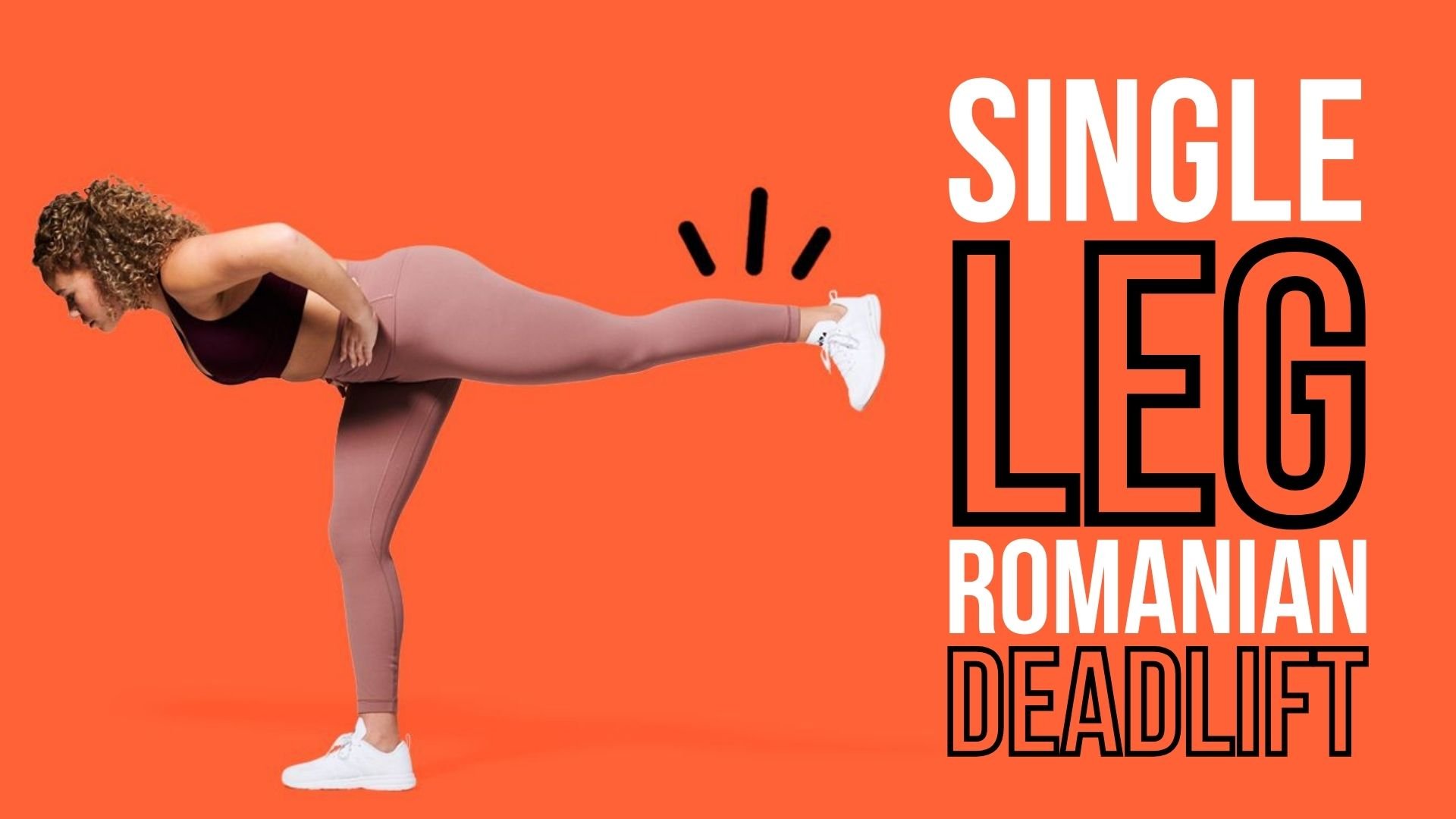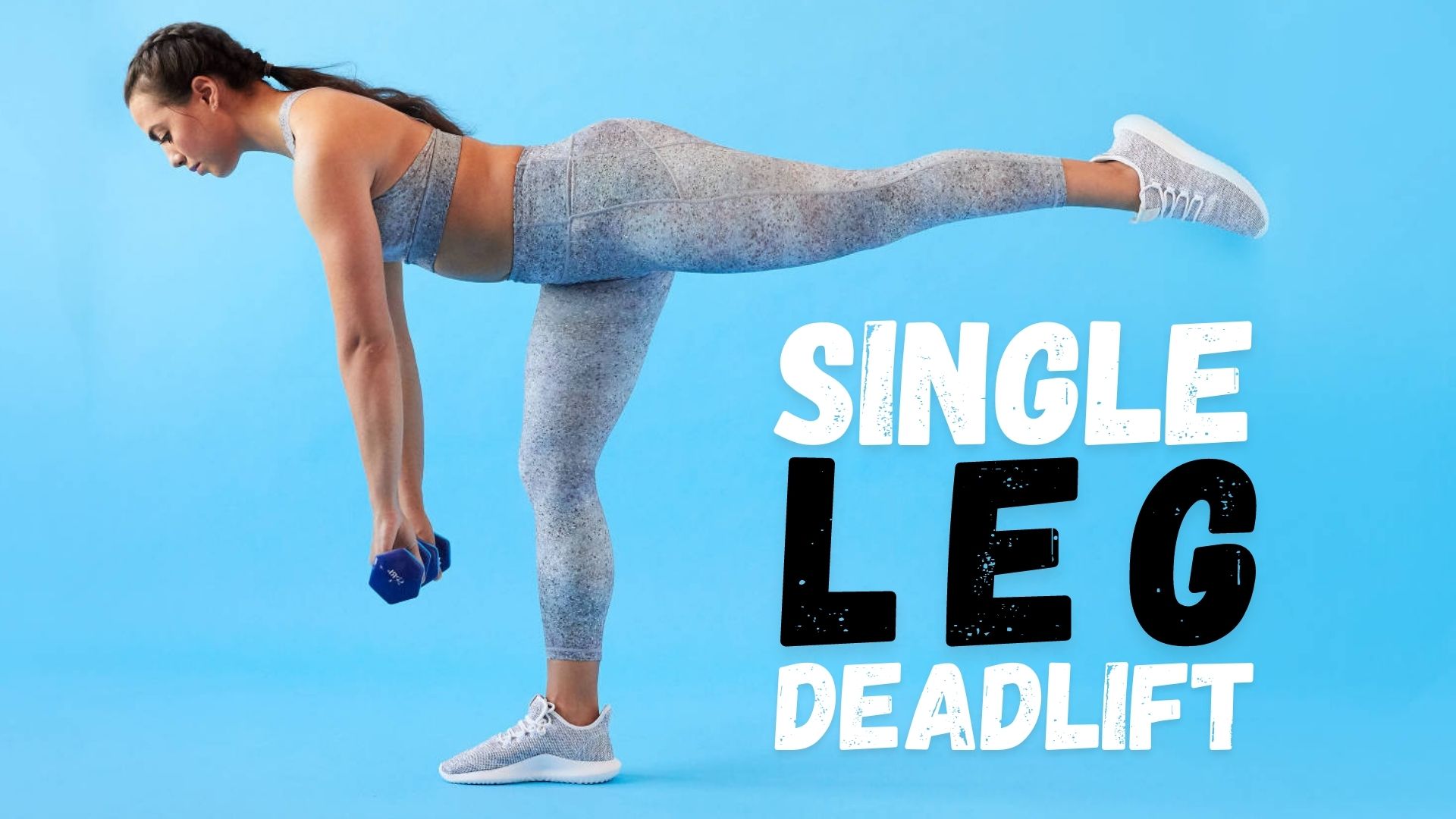
Single Leg Deadlift: The Secret to a Strong Lower Body
Single leg deadlifts are a great way to strengthen and tone your butt muscles, improve balance, and increase strength.
This can be done with a dumbbell or kettlebell.
However, beginners can do it without weights.
It can be part of your lower-body strength and toning program.
This exercise is best done after a warmup at the beginning of a training session when you are still fresh.
What Is Single Leg Deadlift?
A single-leg deadlift is a hip-hinge movement that strengthens your back, core, and legs.
This is a variation on a traditional deadlift.
One leg lifts off the ground and extends behind you.
This complex movement also works more core muscles than the standing leg.
It helps to improve balance.
How Do You Perform Single Leg Deadlift?
You’ll need to find a place where you can stretch fully.
- Place a kettlebell in front of yourself.
- Standing straight with your feet flat on the ground, legs straight, and your hands out in front of you, keep your hands up.
- As you press into the non-supporting leg, slide the supporting leg back. Your upper body will move forward using your hips as the hinge. To regain your balance, touch the free-floating foot lightly to the ground if you lose balance during the exercise.
- You can either keep the support leg straight (for balancing) or bend your knee slightly to accommodate. Continue folding your fingers forward until you reach the handle of the kettlebell. Once that is done, grab the handle and wrap your fingers around it.
- You can complete the movement by pulling on the weight using the muscles to the back of your body, the hamstrings, or the butt muscles.
- Keep your back straight and extend the support leg. You should ensure that you complete the entire range of motion. To do this, push your hips forward at the top of the movement, so your butt muscles remain firm.
- To ensure you are in complete control of your balance, take a moment to pause and then lower the kettlebell to the floor.
Begin with five repetitions per leg, with a light or moderate load.
Then gradually increase the number of sets.
Benefits Of Single Leg Deadlift
The gluteals (or butt muscles) are made up of three muscles: the gluteus maximus, gluteus medius, and gluteus minimus muscles.
The central part of the “posterior chains” is the glutes.
This includes the lower back muscles, hamstrings, and other muscles on the rear end of the body.
The posterior chain muscles work harmoniously to support a healthy and upright posture.
They also help balance the body dynamically (multiple planes or motion) and statically (in one place).
A strong back is essential for a pain-free, healthy lower back.
A single-leg deadlift increases glute activation.
This is due to the increased balance required when standing on one leg rather than two.
Regular single-leg deadlift practice will improve your balance and help tone and strengthen your glutes.
It can also help increase athleticism and ease in movement for everyday activities.
Common Mistakes To Avoid
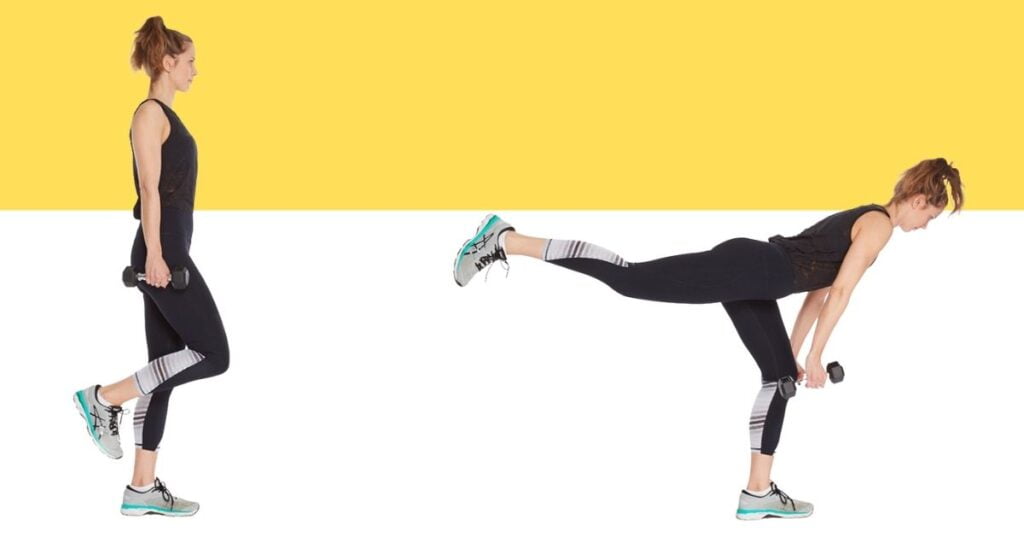
These mistakes can be avoided to make the most of this exercise and avoid injury.
Rounding or Arching Spine

Your spine should not be curved or arched.
It can cause back pain.
The exercise’s purpose is to reduce the strain on your glutes.
Bending Back Leg
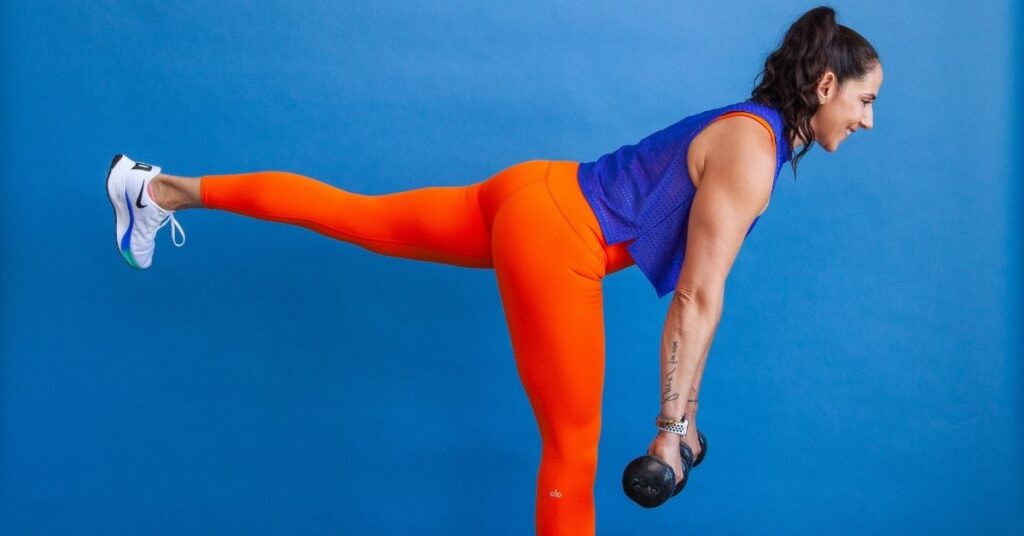
Your spine should align with your back leg.
It can cause a rounding of the spine if it is bent.
Variations and Modifications
This exercise can be done in various ways to make it easier and increase your strength.
Do You Need to Modify?
To improve your form, you strongly recommend doing the single-leg deadlift with no weights.
Your torso should be lowered as much as it allows for a slight stretch of the hamstrings.
If you can’t bend enough, bend your supporting knee further.
Start with a lighter weight once you’re ready to start lifting weights.
It is a good rule of thumb to do five sets of five repetitions per leg during this exercise.
Next, move to a heavier kettlebell and continue the process.
Ready For A Challenge?
You can also practice single-leg deadlifts with two kettlebells instead of one.
This will increase your total weight, so you should first lift a single kettlebell.
Then you can move on to the double kettlebell one-leg deadlift.
This exercise can be done with one dumbbell, two dumbbells, or a barbell held with both your hands.
It would be best to hold dumbbells in your hands, not pick them up from the floor.
One-leg deadlifts can be done with closed eyes to increase the challenge and decrease the load.
You can reduce visual input by closing your eyes.
This makes it more difficult for the muscles to maintain balance.






